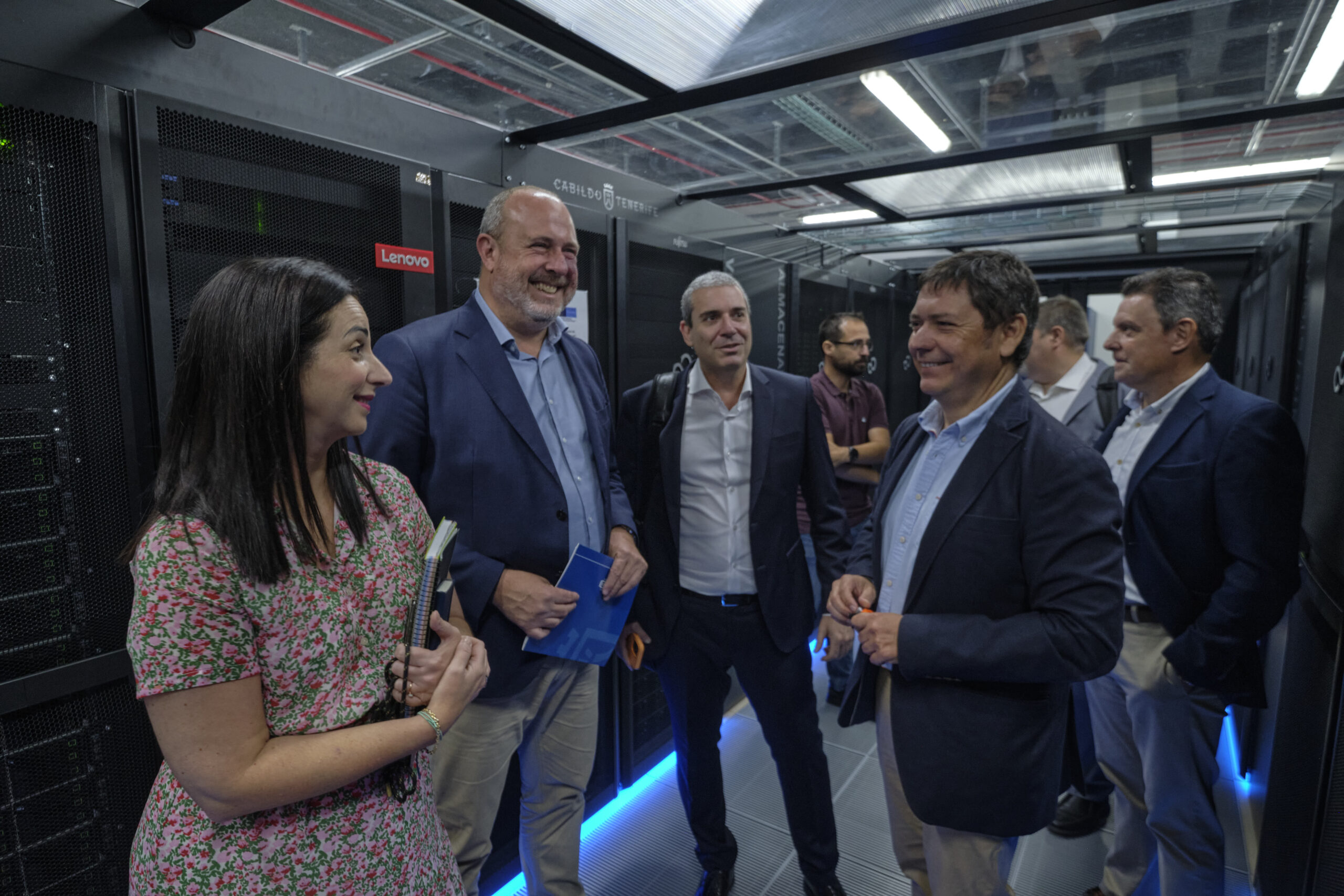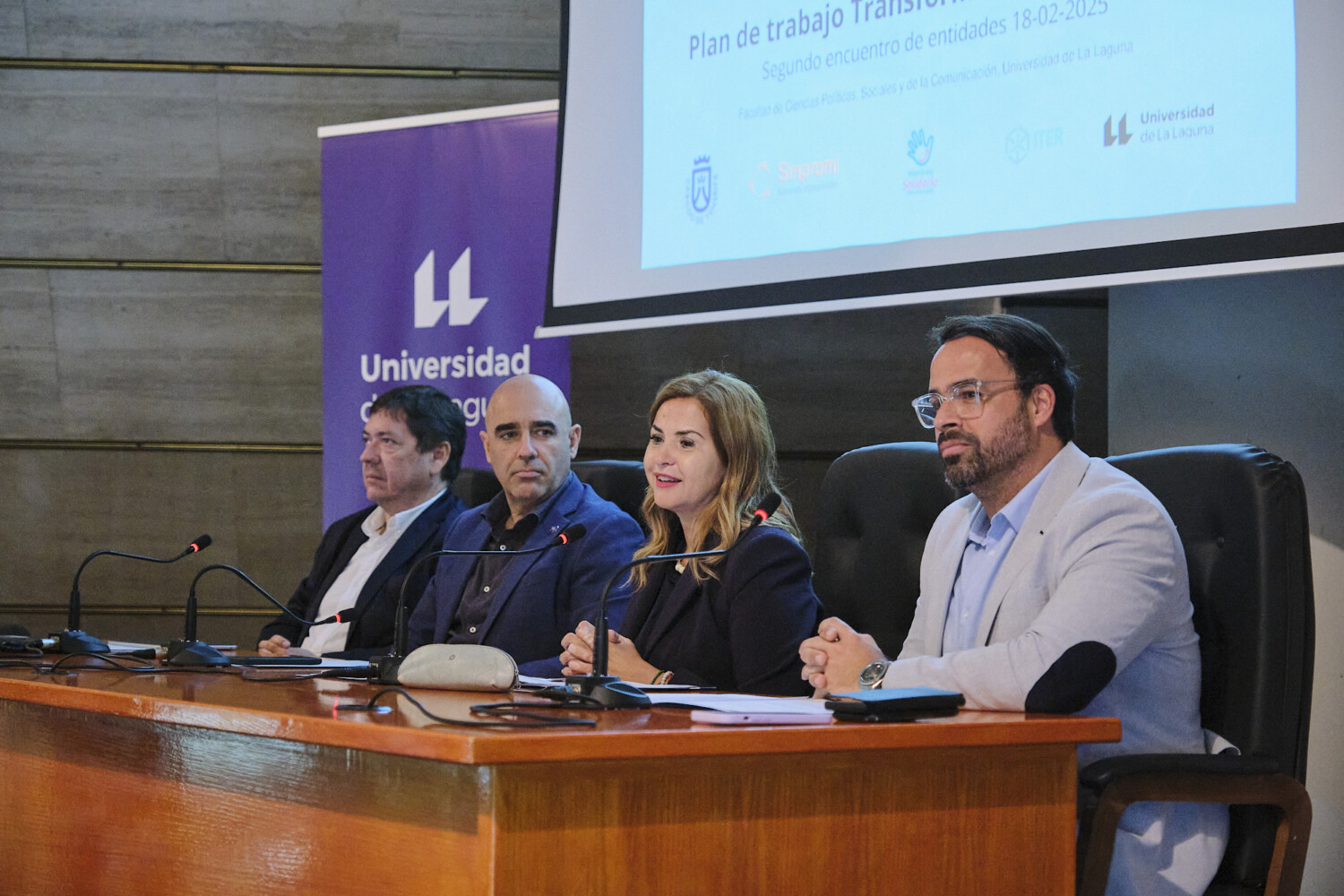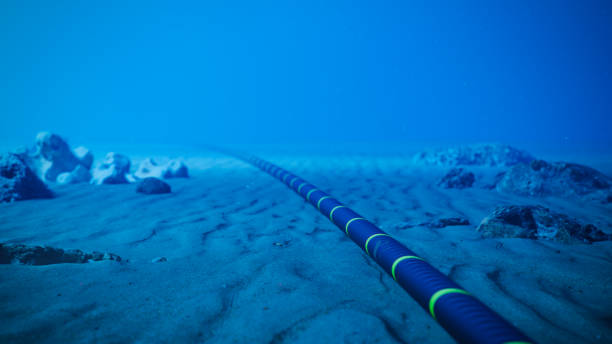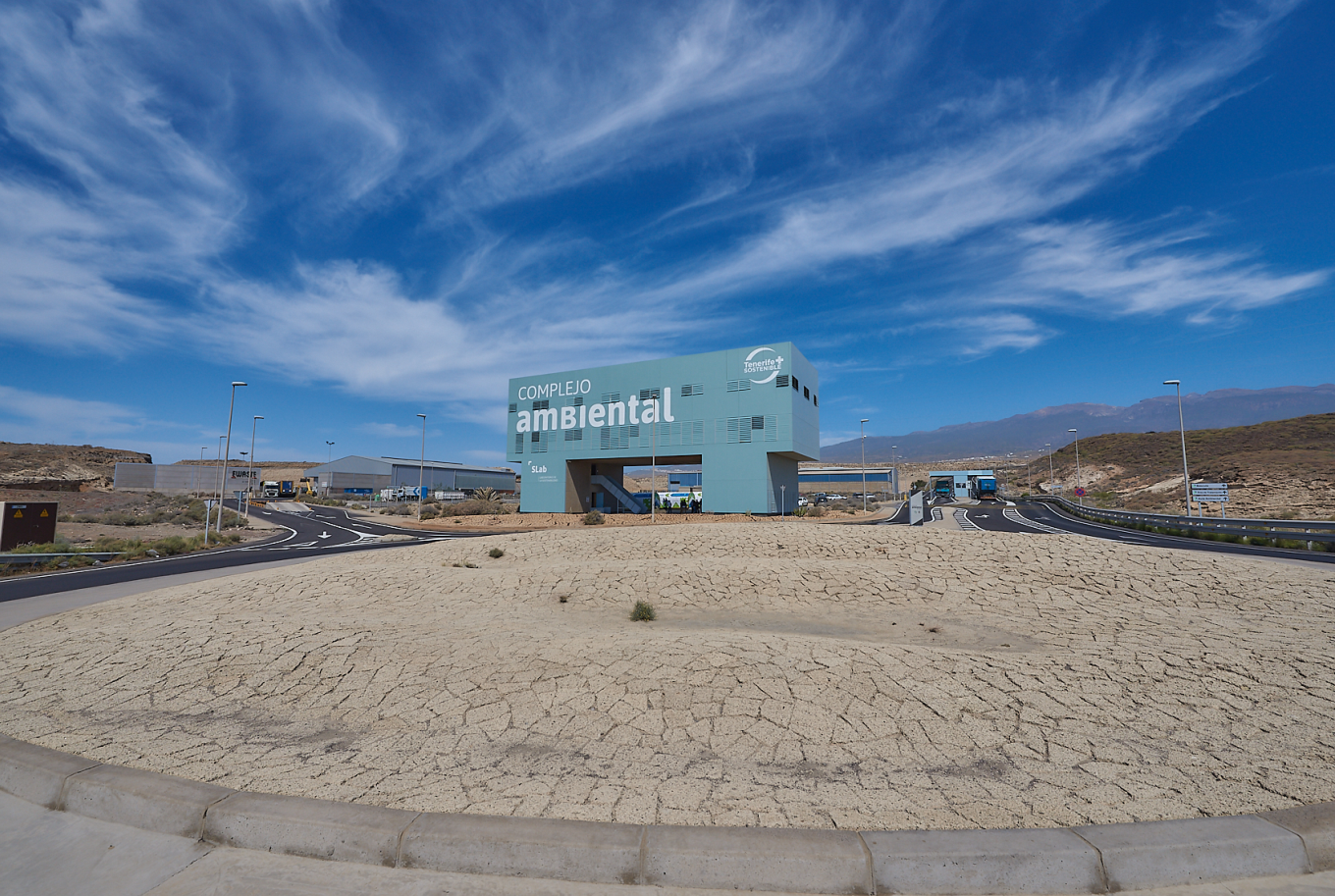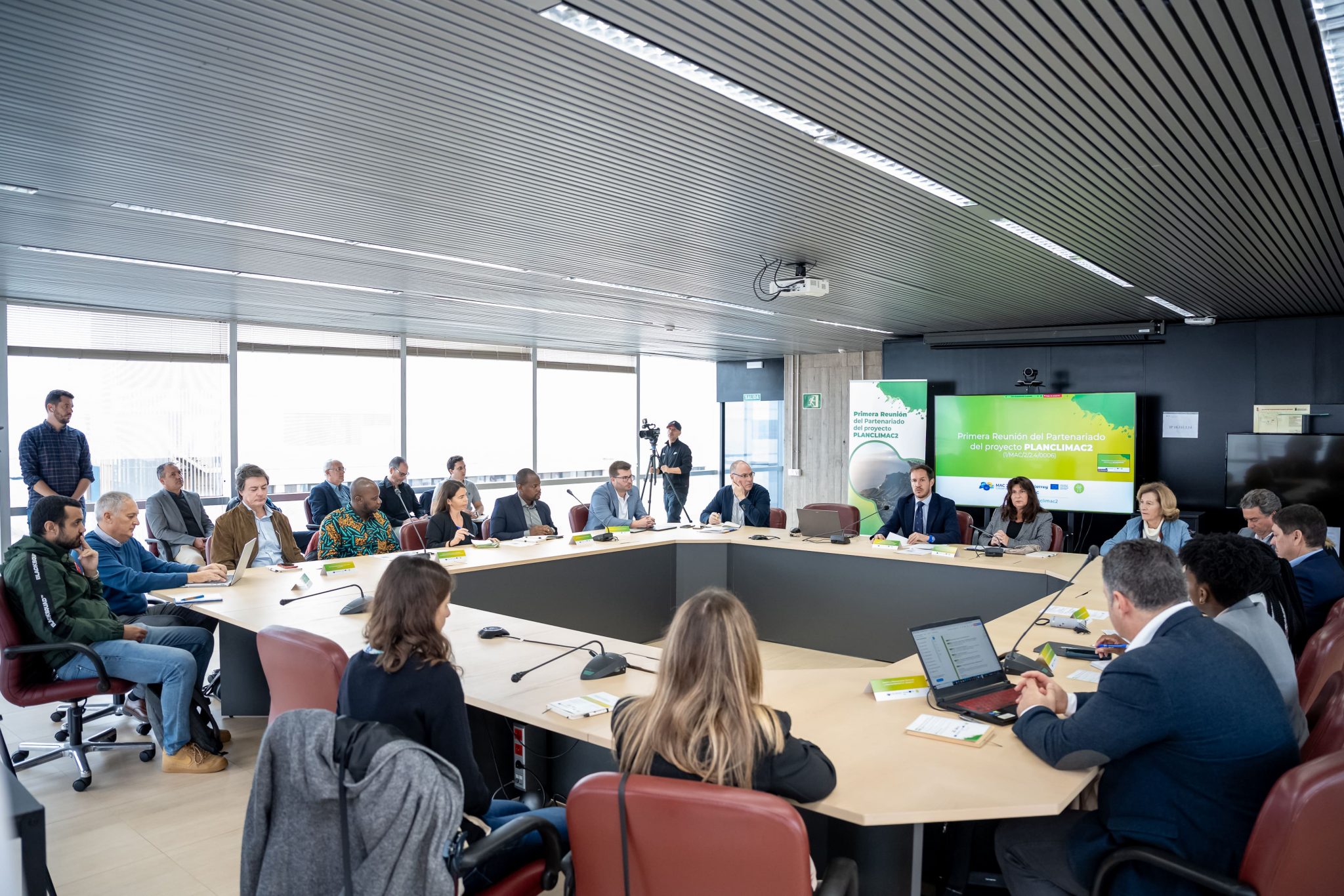This supercomputer, which quadruples the capacity of TEIDE HPC, is at the service of science and research, and can also be used by companies, such as audiovisual companies, which require large data storage and speed of analysis.
The Instituto Tecnológico de Energías Renovables (ITER) has put into operation the Anaga supercomputer, one of the most powerful supercomputers in the country, with which Tenerife will make a quality leap in its offer for the implementation of technology companies on the island.
This equipment is a fundamental part of the ALiX project for the development of infrastructures aimed at the creation of an industrial fabric around ICT in Tenerife.
The new device complements and extends ITER’s supercomputing capabilities, augmenting its current capacity of 260TLOPS with a machine that quadruples this performance to around 1000TFlops.
The First Vice-President and Councilor for Innovation of the CabildoEnrique Arriaga, and the Director for the Europe, Middle East and Africa region for HPC and artificial intelligence at LENOVO.Noam Rosen, visited this morning, along with the CEO of ITER, Elena Rodríguez, and the Coordinator of the ITER Engineering AreaJesús Rodríguez Álamo, the facilities of this new equipment that is located in the installations of the D-ALiX Data Processing CenterThe company is a hub for terrestrial and submarine communication networks, providing ICT equipment hosting services to companies and institutions in the Canary Islands, with a high level of availability and connectivity.
The Councilor for Innovation, Enrique Arriaga, emphasized that “this supercomputer is not only at the service of science and research, but can also be used byspecialized companies that require large data storage and speed of analysis”, and added that “the objective is mainly for the audiovisual sector and the development of artificial intelligence”.
Arriaga added that “ITER and the Cabildo itself are already holding meetings with universities, reference centers and large companies to make use of these facilities. The supercomputer is a key piece of the Innovation Master Plan, a backbone to create in our island a favorable ecosystem for the implementation and creation of innovative companies that will work in three fundamental lines: the audiovisual and video games sector, renewable energies and technology”.
Noam Rosen explained that for Lenovo it is a great opportunity to work hand in hand with ITER and that there are many possibilities to continue collaborating on other projects, and said that “they are entities that are committed to sustainability, innovation and research. To which he added that” Lenovo has a great commitment to promote research in different fields and advance the development of humanity.
Meanwhile, Jesús R. Álamo assured “that today we have taken another step forward in the work that ITER has been developing for ten years in supercomputing to support different centers and companies that otherwise would not have the capacity or speed to work, research, store or cross-reference data, which otherwise would only be found in remote places and with a much higher cost”.
In this case, says Álamo, “we are betting on technology that uses computer graphics cards and allows many calculations to be made simultaneously in areas such as virtual reality, augmented reality and, above all, artificial intelligence, which until now were not possible with TEIDE”.
This type of systems have promoted a worldwide revolution, being the basis of most of the new developments in Artificial Intelligence. This computational capacity allows optimizing other types of computation, in different fields of scientific utility and has direct utility in the development of virtual and augmented reality applications, which also constitutes a field of great potential with the emergence of initiatives such as the metaverse.
The equipment consists of 16 nodes, each with 4 GPU cards, plus an additional node with 8 GPUs, plus 4 additional nodes with 1 GPU. All this set of nodes is interconnected through Ethernet and Infiniband networks of very high bandwidth, allowing not only to perform parallel computations, but also a total and high capacity integration with the computation and storage systems already available as part of TEIDE HPC.
The supercomputer has been acquired thanks to a grant from the Ministry of Science and Innovation, within the 2019 Scientific Infrastructures program. The total investment in the equipment is 793,427 euros, with 85% funding from the Ministry of Science and Innovation.


